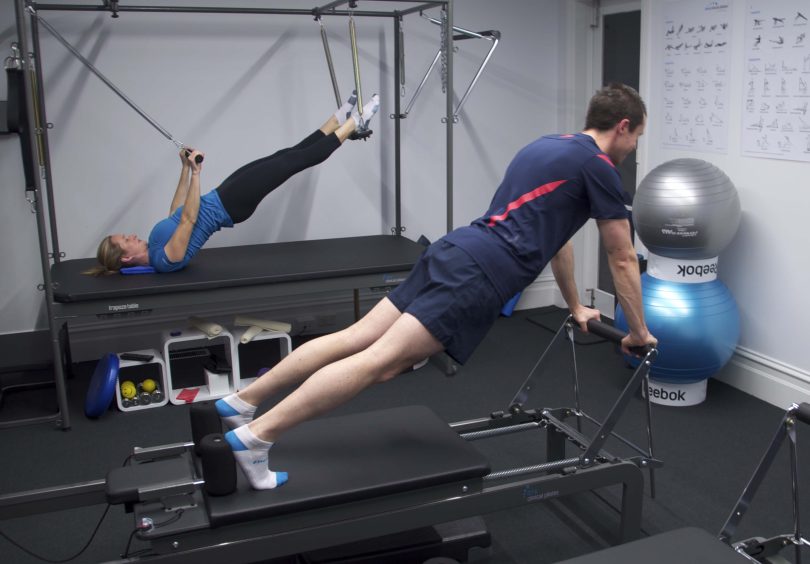BLOG
A breath of fresh air…



Some thoughts from Hina on breathing techniques commonly taught in Clinical Pilates.
I have been practicing Clinical Pilates for over eight years and teaching for the past five. Throughout this time I have been lucky enough to experience many different approaches and styles of teaching, with breathing instruction being no exception. Some teachers instructed me to breathe in while the effort of movement was greater, while others encouraged a breath out during effort. Some have even suggested puffing out my cheeks, siphoning the air out through pursed lips, or deep belly breathing. There are so many variations!
Over the last 10 years, the research on breathing has come a long way and the most recent research suggests, “there is no breathing technique more important than remembering to breathe”!
The reason that breathing plays such an important role in activating your core muscles is because the diaphragm, the driver of all breathing patterns, is a crucial component to the “core” complex. The diaphragm and the core “complex” generate intra-abdominal pressure, created by the downward movement of the diaphragm into the abdominal space, generating a force which promotes the use of your core muscles. If you aren’t breathing correctly, you are not utilising the full capacity of your core.
There is an art to breathing however; it should be normal, tidal breathing. Tidal breathing refers to the inhalation and exhalation through your nasal passage during restful breathing. You should be able to hold a conversation without feeling out of breath.
Tidal breathing does NOT mean forcing air in or out, if you can hear yourself breathing, it is too forced. If you hear yourself grunting or sighing, this is a sign that you are constricting your throat or holding your breath.
The reason behind avoiding these mechanisms is somewhat complex when it is described anatomically, the simplest way to think about it is that you want to engage your muscles from deep to superficial. When you are forcing air in or out, sighing, or grunting you have to use your superficial abdominals, thereby negating the need for the deeper muscles to activate. The research shows us that overactivity in the superficial abdominals interferes with the mechanisms of deeper control and stability.
So here’s what you do…
When you start a movement, start it with a breath (doesn’t matter if its in or out), and then do the opposite breath on the return movement. Try and time your movement with the breath so that you are moving one direction with a breath (in or out) and the return with a breath (in or out). This is a simplified explanation of a complex movement and many people require guidance. Your physio can assist with the movement pattern, getting your ribs to move in a manner that encourages ideal expansion of the chest cavity and ribcage. However, as this movement may be different for each individual, your physio will be the best person to guide and prompt you through the movement.
With most Clinical Pilates beginners, I’ve found it takes 6-8 weeks to master the breathing so don’t be disheartened if you feel as though you’re not getting it. You will often find yourself holding your breath, or forcing it at times when you’re fatiguing or with new exercises. Its ok, just come back to your tidal breathing each time. With good guidance, you will master the breathing in no time and be ready to take on those harder exercises in a safe and effective manner.
Witten by Hina Chauhan
Physiotherapist at Malvern Physiotherapy Clinic who specialises in treating many sports and spinal conditions including those involving deficiencies in core stability.
Published November 2, 2016